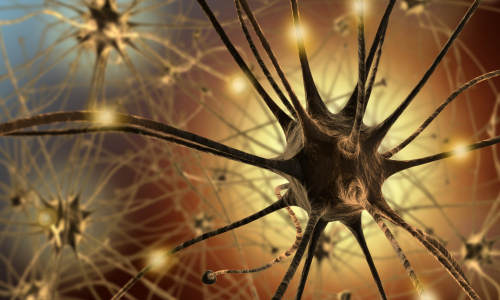A new study from Karolinska Institutet shows that a part of the nervous system, the parasympathetic nervous system, is formed in a way that is different from what researchers previously believed. In this study, which is published in the journal Science, a new phenomenon is investigated within the field of developmental biology, and the findings may lead to new medical treatments for congenital disorders of the nervous system.
Almost all of the body’s functions are controlled by the autonomous, involuntary nervous system, for example the heart and blood vessels, liver and gastrointestinal system. At rest, the body is set up for energy saving functions, which is regulated by the parasympathetic part of the autonomous nervous system.
Current understanding is that many important types of cells, including the parasympathetic nerve cells in various organs, originate in early progenitor cells that move short distances while the embryo is still small. But this model does not explain how many of our organs – which develop relatively late, when the embryo is large – are furnished with cells that form the parasympathetic neurons.
This study alters a fundamental principal of our understanding of how the peripheral nervous system develops in the body. Researchers at Karolinska Institutet have made three-dimensional reconstructions of mouse embryos. These show that the parasympathetic neurons are formed from immature glial cells known as Schwann cell precursors that travel along the peripheral nerves out to the body’s tissues and organs. The immature cells have the properties of stem cells and may be the origin of several different types of cells. For example, the researchers behind this new study have previously demonstrated that the majority of our melanocytes (pigment cells) are born from these cells.
New principal of developmental biology
“Our study focuses on a new principal of developmental biology, a targeted recruitment of cells that are probably also used in the reconstruction of tissue. Despite the elegance, simplicity and beauty of this principal, it is still unclear how the number of parasympathetic neurons is controlled and why only some of the cells transported by nerves are transformed into that which becomes an important part of the nervous system”, says Igor Adameyko at the Department of Physiology and Pharmacology who, together with Patrik Ernfors at the Department of Medical Biochemistry and Biophysics, is responsible for the study.
Somewhat surprisingly, the researchers found that the entire parasympathetic nervous system arises from these progenitor cells that travel along the peripheral nerves. The researchers hope that this discovery will open up the possibility of new ways to treat congenital disorders of the autonomous nervous system using regenerative medicine.
The study has been financed with funds from, among others, the Swedish Research Council, the Swedish Cancer Society, the European Research Council and Hjärnfonden.
Story Source:
The above story is based on materials provided by Karolinska Institutet.





